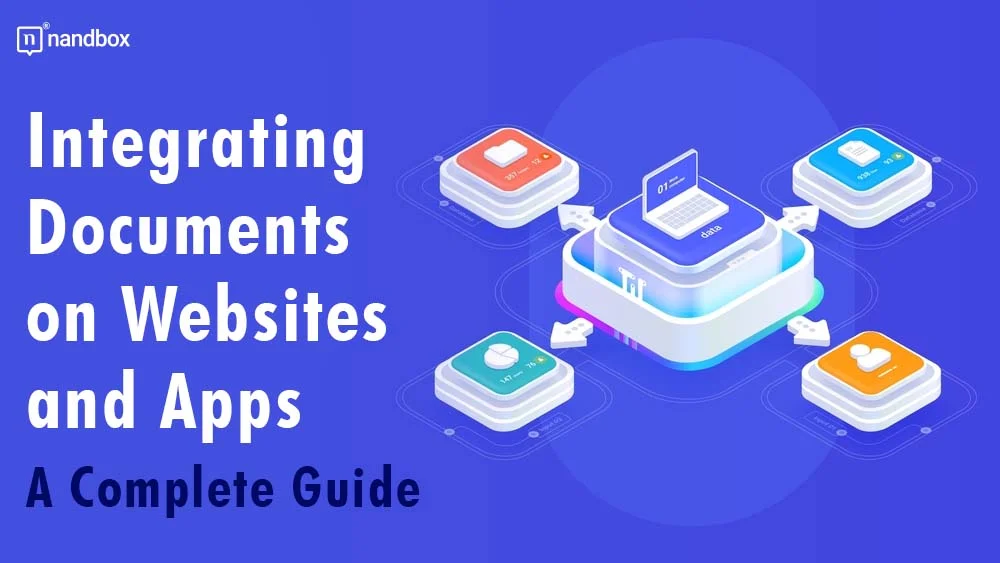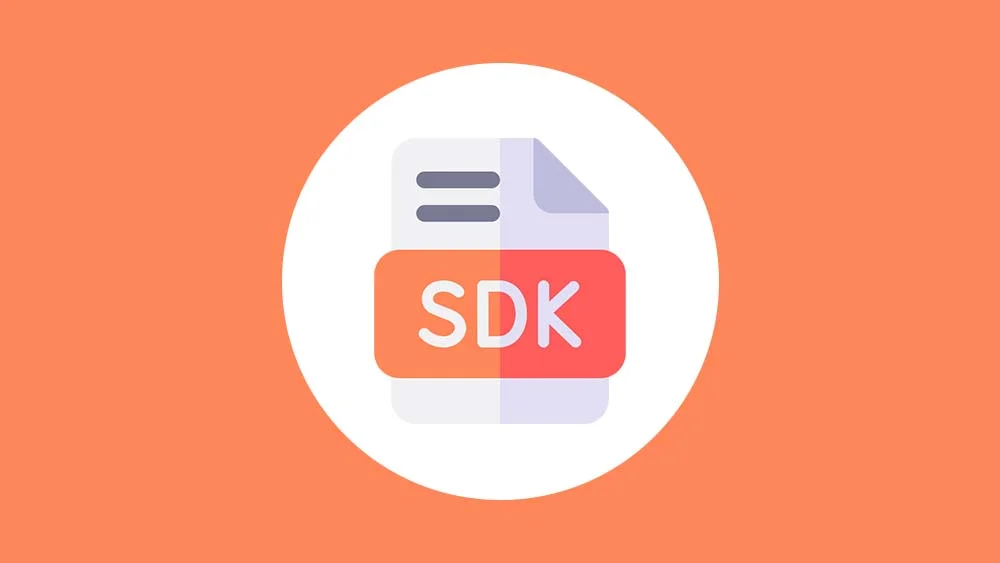Integrating documents into websites and apps is essential for improving user experience and streamlining access to important information. Whether it’s for sharing manuals, reports, or educational content, having documents available within websites and apps makes accessing resources easier for users. By embedding or linking files, businesses can enhance both user engagement and functionality. Here are the essential steps of integrating documents, the tools required, and best practices to ensure everything runs smoothly for users and developers alike.
Understanding SDKs
An SDK is a set of software development tools. These tools help developers create applications for specific platforms. These kits usually have libraries, documentation, code samples, and APIs and they make the development process easier.
SDKs are very important when integrating documents into websites and apps. They provide the tools needed for tasks like file conversion, embedding, and document management. For instance, a document-related SDK helps turn files into formats that are easy to read. An SDK for app development lets users interact with documents in a mobile app. Knowing how SDKs work helps developers manage tasks better and integrate documents smoothly.
The Role of Document Conversions
One of the key challenges in integrating documents is ensuring they are compatible across various devices and platforms. Users may access websites from different operating systems, which can lead to formatting issues. To tackle this, developers often need to convert documents into formats like PDFs. This makes them accessible across devices without any formatting problems.
Using a PDF conversion SDK can streamline this process — it helps developers easily convert documents from different formats, like Word or Excel, into PDFs that users can view seamlessly. By handling the conversion process efficiently, developers ensure that documents are available in a universally recognized format.
Choosing the Right Tools for Document Integration
The success of document integration depends heavily on the tools you use. Developers need to choose software solutions that can handle multiple file formats and embed documents effectively. Several tools and plugins are available for this purpose, helping developers integrate files with minimal effort.
For instance, file embedding tools allow developers to display documents directly on websites or apps. This eliminates the need for users to download the file, offering a more seamless experience. Moreover, file conversion tools can ensure that the documents maintain their structure and format, no matter what device the user is accessing them on.
Best Practices for Embedding Documents
When you embed documents into websites, there are some key practices to keep in mind. First, think about the format you use. Convert documents to formats like PDFs that many people can access. This makes sure users can open the files on any device. They won’t need special software.
Another important practice is to ensure that the embedded documents work well on mobile devices. A lot of users visit websites using their smartphones or tablets. These documents must be clear on smaller screens, and responsive design helps achieve this. It makes sure the content fits the device being used. Also, always give a download option. Users might want to save the document to use offline.
How Document Conversion Improves User Experience
Document conversion is very important. It makes the user experience better by making files easy to access. Not every device can open all formats of documents. Without converting, users may find it hard to open or see the files. If you convert documents to common formats like PDFs, they load correctly. They can be read on different platforms.
Businesses improve their websites by including document conversion. This makes the user experience smoother. Users can be on a computer, tablet, or smartphone. They will find it easy to view the documents.
Ensuring Security with Integrated Documents
Integrating documents makes them easier to access. But it also brings up security issues. If sensitive documents are not secured well, unauthorized people might access them. Developers need to take security seriously. This is important when documents with private or sensitive information are embedded in websites or apps.
Using encryption is important for protecting these documents — developers can also set permissions. These permissions decide who can view, download, or edit the documents. Making sure that sensitive files are safe adds more trust and professionalism for users.
Document integration is a necessary feature for modern websites and apps, improving access to vital information and enhancing user interaction. With the right tools and best practices, developers can easily convert and embed documents, ensuring compatibility across devices. By focusing on security, optimizing load times, and regularly testing document functionality, businesses can offer a seamless experience for users. Whether for educational content, business reports, or user manuals, integrating documents efficiently can elevate the overall quality of a website or app. Developers who follow these guidelines will create a more user-friendly environment, benefiting both the company and its audience.




